|
An affordances and signifiers are used as a subtle way to tell the player that they can interact with something in the level. An affordance is when something allows the user to do an action. A real life for example a handle on a mug affords picking it up. For example in the assassins creeds series walls have bumps and ridges that afford climbing. An affordance is when something allows the user to do an action. A real life for example a handle on a mug affords picking it up. For example in the assassins creeds series walls have bumps and ridges that afford climbing. In some cases, affordances might be too complex or the affordance is too common that it might leave a player to waste time. To accommodate for this, designers put in signifiers. In the game Sekiro there are scratches on the walls to show whether a player can wall hug or grab on a ledge in order to traverse to the other side. In Breath of the Wild you can climb almost every surface but some times it might be a waste of time to go somewhere as you will not get any rewards but sometimes you might see something glowing in the night on top of a mountain. This would most likely be a shrine or the Lord of the Mountain just appeared.
0 Comments
If the player gets hit by the Goomba, he/she dies and now the player knows he has encountered an enemy. The next item in the question block is a mushroom it has the shape of a Goomba and therefore might scare the player into trying to run away from it however in Mario the camera does not scroll left so the player is trapped under a ceiling which cannot be broken when Mario is tiny. The wall is low enough that trying to jump on a mushroom often results in a fail. If the player hits the mushroom, he realises that he grows bigger and can destroy certain bricks. In order to teach the player how to avoid pitfalls (even though there are pitfalls before) they first put a staircase with a gap in it but in the first flight the floor will keep you from falling. You then encounter a second flight of steps but this time the player notices there is no floor to keep him from falling so he must jump. Before the first pitfall there is an invisible block; this could have probably helped players with bad timing if they hit the jump button too early or potentially rewarded players who jumped a lot. Now the player realised that there could be secret hidden blocks in the air and also that a mushroom with green spots gave an extra life.
Mental models are concepts we use to help ourselves understand new stimulus by association to other stimulus. If a stimulus cannot be matched with something else we set it up as the base mental model. “The image of the world around us, which we carry in our head, is just a model. Nobody in his head imagines all the world, government or country. He has only selected concepts, and relationships between them, and uses those to represent the real system” (Forrester, 1971). As gamers we do have mental models of our own that we expect companies to respect. For example in every game the OK button should be ‘X’ on PlayStation and ‘A’ on the Nintendo Switch. I learnt first hand that mental models can lead you to assume something about a certain stimulus which is false due to past experiences with a similar stimulus. For this week we were told to play a game called Frog Fractions. At first glance the game looks like a children’s educational game. Bugs flying down and you must eat them to protect the fruit. When you eat a bug it pops out a random fraction. Seeing that the score was also in fractions I was thinking that this was a way for them to teach children how to add up fractions but in all honesty I was not doing the math. The game also has a typing game to make it seem more like a learning game. Having this idea of it being a mediocre educational game I did not test the games like usually do. Having the mental model associated with educational games I completely threw my explorative nature out the window as educational games are usually rigid and follow a very ludic structure. When I had the dragon upgrade kept pressing down by mistake and this took me away from the main screen to find “billions of fruit” on the lakebed. This excessive amount of in game currency allowed me to buy a warp drive which allowed me to go to mars. From this point on the game is a completely different and weird game. References
Forrester, J.W., 1971. Counterintuitive behavior of social systems. Technological Forecasting and Social Change, 3, pp.1-22. |
AuthorWrite something about yourself. No need to be fancy, just an overview. Archives
June 2019
Categories |
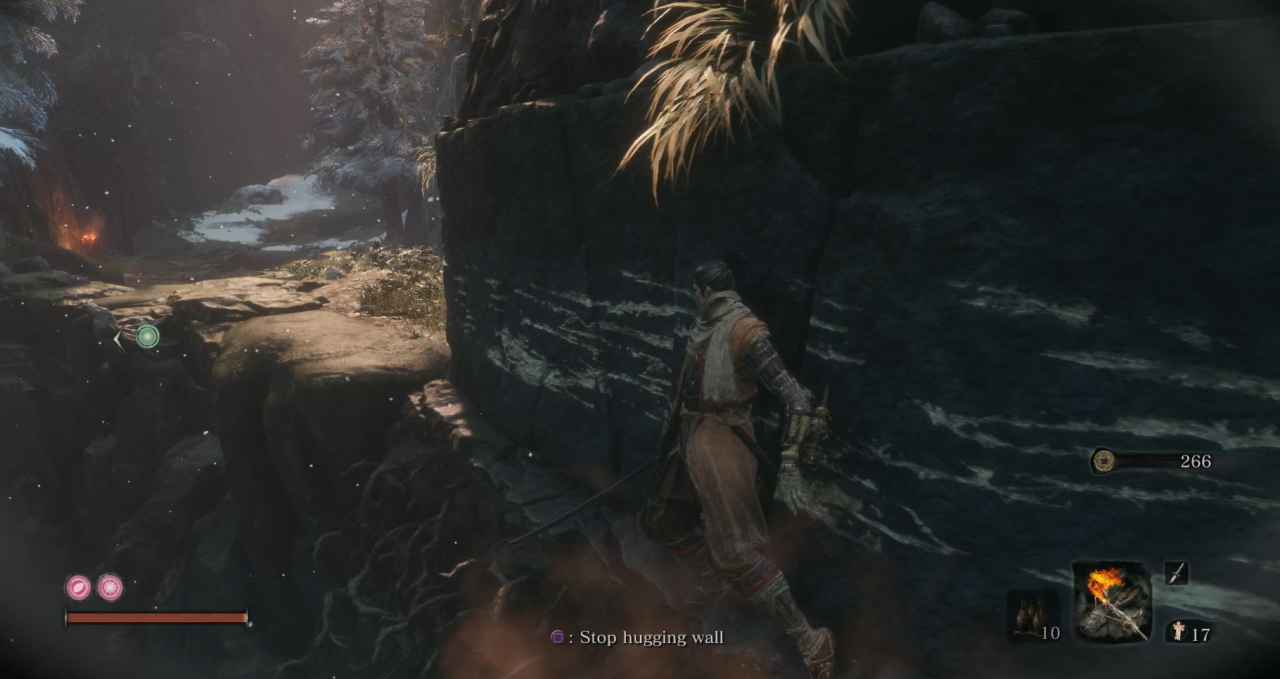
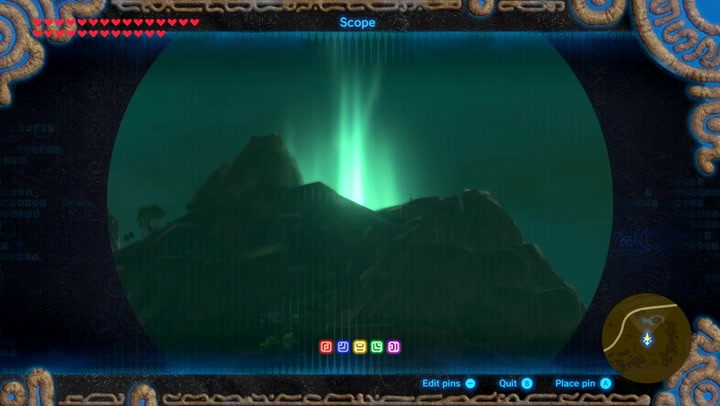
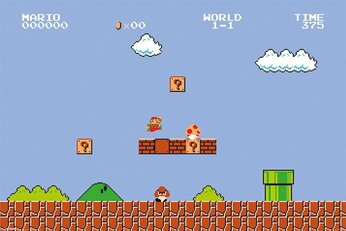
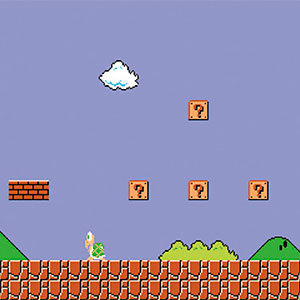
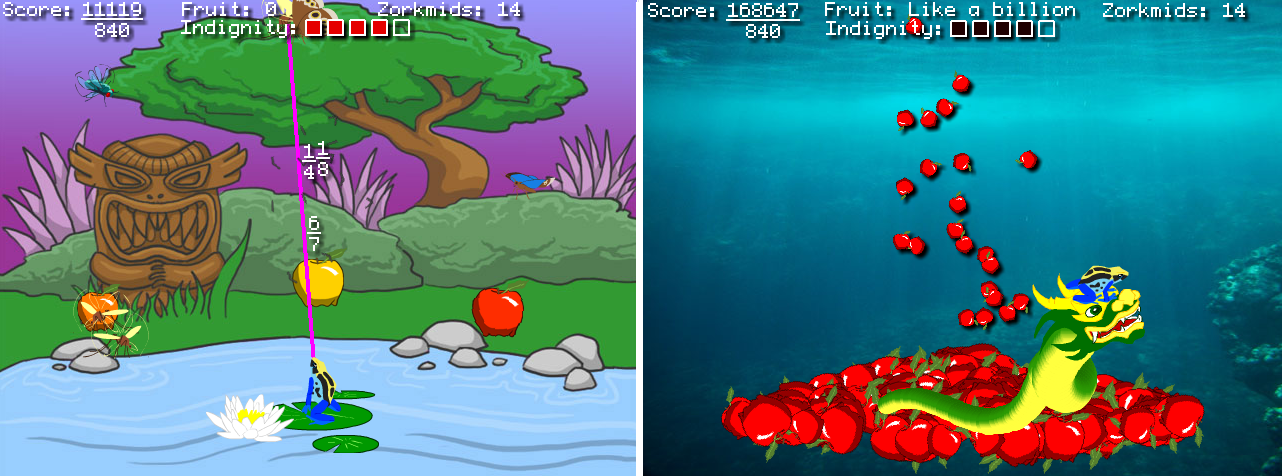
 RSS Feed
RSS Feed